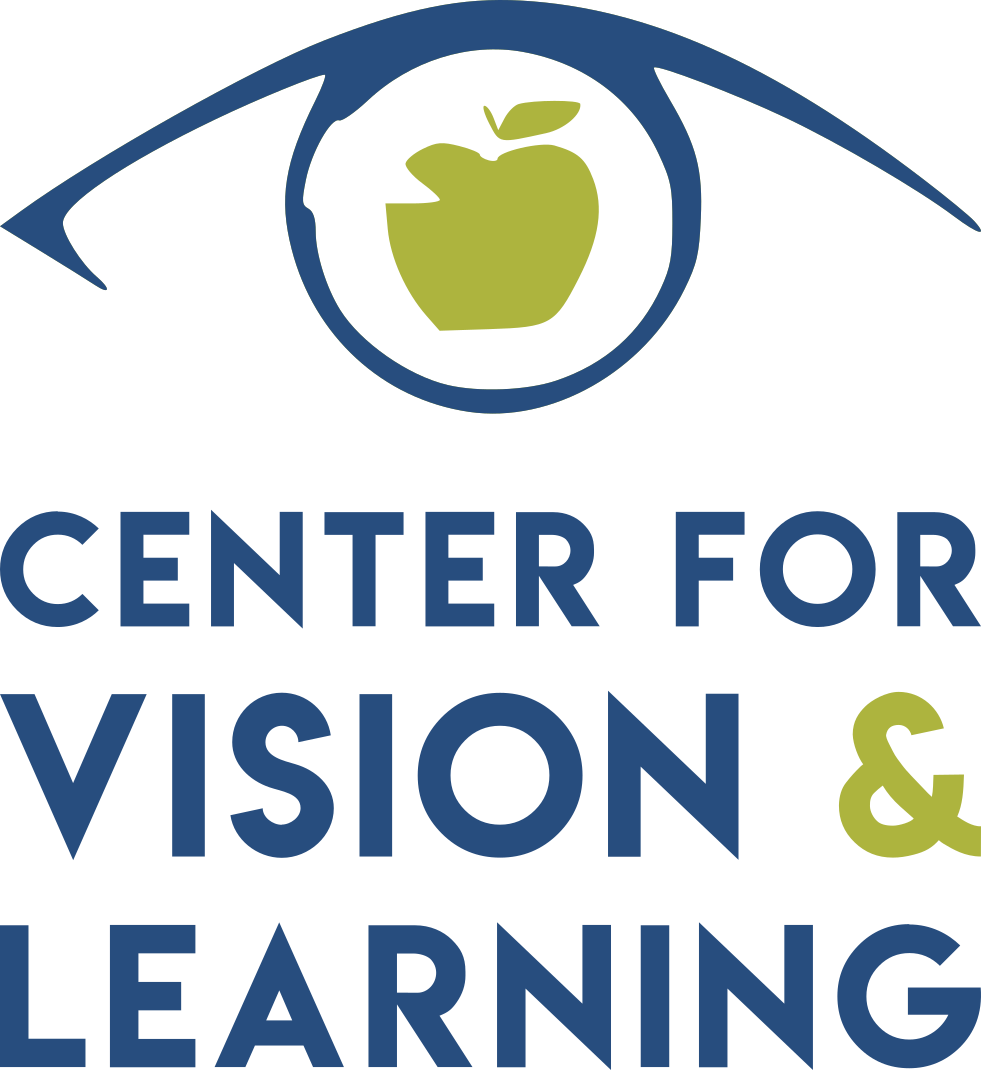How do you know if a baby needs glasses?
This is a common question that we receive at our office. How do we know if a baby needs glasses? They certainly can’t answer the favorite questions “Which is better, 1 or 2?”
Pediatric optometrists are actually well-equipped to give an infant an eye exam. We use many tools that don’t need a response from the patient. For example, you know, when you’re looking through the machine shown above (it’s called a phoropter), your doctor will sometimes use his scope, a little light, to determine if you are nearsighted or farsighted. And, we can use this same tool for a baby, a toddler, or a non-verbal adult.
At our office, we participate in a national program called InfantSEE. This program is designed to increase awareness of the need for eye examinations beginning in infancy. With the InfantSEE program, we give a free screening of any baby under the age of 12 months. During this visit, we look at your baby’s eye health by dilating her eyes. We also look to see if she is nearsighted or farsighted; does she need glasses? And, we also look to make sure she is learning how to use her eyes together well as a team. These are all things a baby should be learning.
Many of you have seen the picture of the baby with the white pupil. This picture went viral after someone noticed that the pupil of her friend’s baby was opaque white. This white spot ended up being a rare tumor of the eye called a retinoblastoma. This is one of the things we can identify in an InfantSEE exam.
The American Optometric Association recommends that you have your child’s eyes examined at these intervals:
- Prior to age 1
- Between the ages of 2 and 3
- Before starting kindergarten
- Every year while in school
So if you have an infant or toddler, or a non-verbal teenager, don’t hesitate to make him an eye exam! We can handle it and we love being able to give you the information you need to know your son or daughter has good vision.
- Dr. Cheryl Davidson

